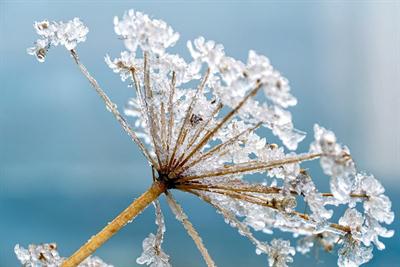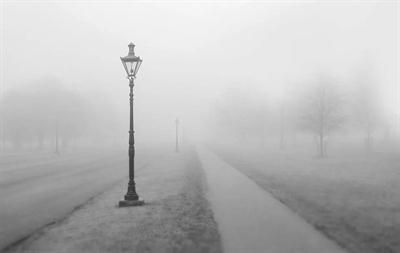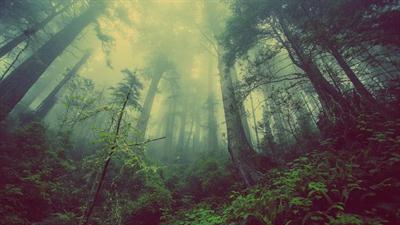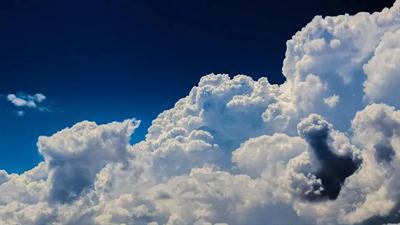
PUMPA - SMART LEARNING
எங்கள் ஆசிரியர்களுடன் 1-ஆன்-1 ஆலோசனை நேரத்தைப் பெறுங்கள். டாப்பர் ஆவதற்கு நாங்கள் பயிற்சி அளிப்போம்
Book Free DemoCondensation
Condensation is the change of water vapour into water, i.e. from its gaseous form (water vapour) into liquid water.
Generally, when warm air rises, cools down and loses its capacity to hold water vapour, condensation occurs. As a result, excess water vapour present in the air condenses to form cloud droplets.
Note: In the previous chapter, we study how, with temperature, water vapour holding capacity of air changes. The capacity increases with an increase in temperature.
Condensation is responsible for the formation of clouds. Precipitation occurs when these clouds reach the dew point. Precipitation is the primary route for water to return to the earth's surface in the water cycle. Condensation is the opposite of evaporation.
Forms of Condensation
Dew
Dew is a water drop on the surface of an object as a result of condensation. It is formed when there is a drop in temperature.
When there is a drop in temperature, the water-holding capacity of the air decreases, as a result of it, condensation occurs, and small water droplets called dew is formed.

Dew on grass shoot
Dew\ point\ is the temperature at which dew forms. It varies widely, depending on location, weather, and time of day.
Frost
Frost is formed when the temperature falls below freezing point, ice crystals formed by deposition of water vapour on a relatively cold surface of an object.

Frost
Fog
Ordinary fog is formed due to water condensing on dust and other particles like smoke from houses and industries.

Fog
Mist
The condensation of water vapour in the air causes small droplets of water to float about, forming clouds at a ground level called mist. It reduces visibility to about 1\ km . Mist occurs in wet air when the relative humidity is over 75%. Mist is less dense than fog.

Clouds
Clouds are an accumulation of tiny water droplets/ice particles that are so small and light in weight. Clouds are formed by microscopic drops of water or by tiny ice crystals.
The white colour of the cloud is due to tiny water droplets tightly packed inside them, reflecting most of the sunlight that hits them. The size of the droplets usually ranges from a few microns to 100\ microns. This is the limit beyond which cloud drops become raindrops.

• Condensation occurs when the air gets saturated.
• Warm air can hold more water vapour than cool air.
• Saturation occurs when the temperature drops down.
• Warm air can hold more water vapour than cool air.
• Saturation occurs when the temperature drops down.